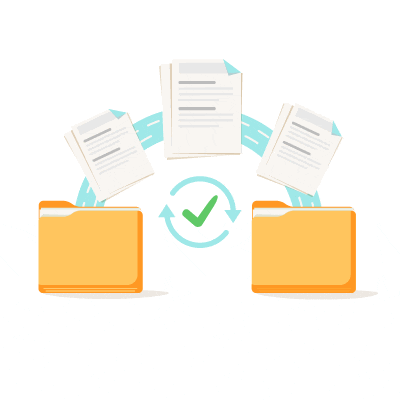Recent Blog Posts
Voice over Internet Protocol, or VoIP, is a technology that enables phone calls over the Internet. It offers a modern alternative to traditional phone lines with various advantages, like cost savings and advanced features. VoIP is revolutionizing business communication and is an essential tool for today’s organizations, particularly with the rise of remote work. Here’s why it’s so popular among modern businesses.
It can be too easy to look at ransomware as a business problem. After all, it attacks businesses, locking down their data for ransom, often selling it or spreading it, and sometimes altering it for the business if returning it at all. It can be too easy to overlook another impacted target in all the mess. What happens to the people whose data a business has collected and uses?
There’s a lot of pressure on (often understaffed and overworked) internal IT teams to manage and maintain increasingly complex systems. For businesses noticing signs of strain on their IT staff, seeking assistance from managed services providers (MSPs) could be the remedy. Here’s how an MSP like us can alleviate the pressure and contribute to workplace wellness for all.
Business file sharing has become a daily routine. It’s a crucial part of collaboration, communication, and overall productivity. However, with the rise of cyberthreats, file security is more important than ever. It’s not just about sharing files but doing it securely and efficiently. Today, we’ll look at some best practices for business file sharing.
So, what is digital waste? Digital waste is all the useless data in our data storage that lingers until we do something with it. Extra files no longer needed, old emails and chats, and old, blurry pictures you never have and will never use… all qualify as digital waste. While it’s easy to discount digital waste as an annoyance (which it certainly can be), it creates a much bigger and more serious problem.







